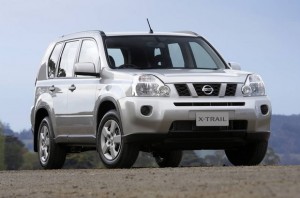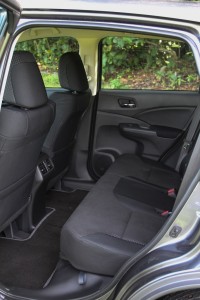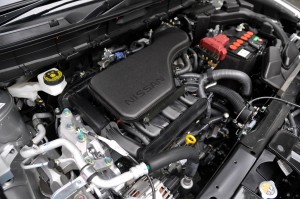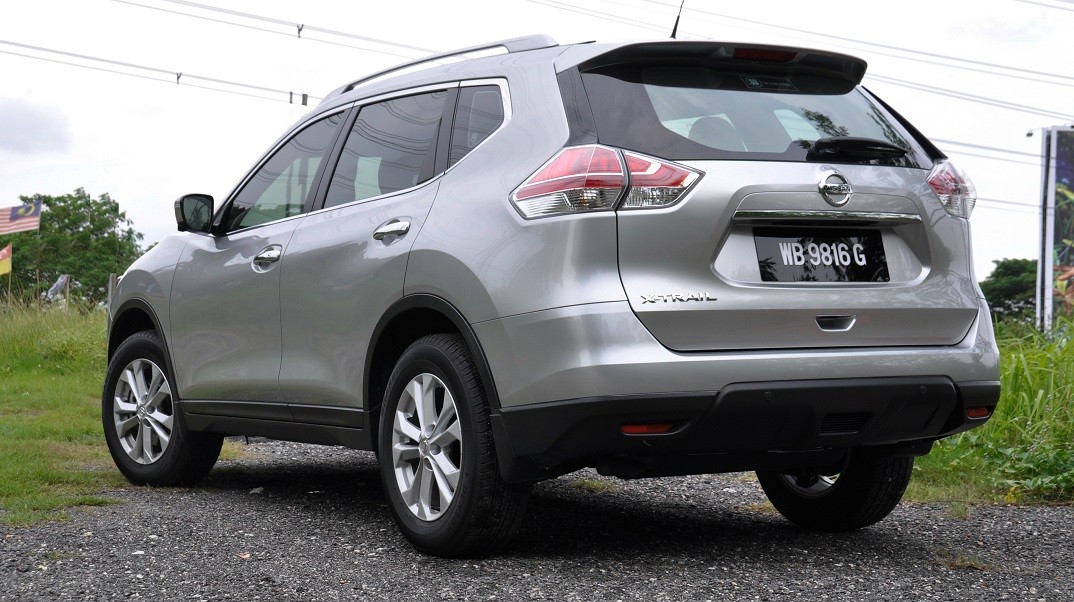While every product planner dreams of uncovering new markets and customers with exciting concepts, realisation is hard to come by, if ever. More often than not, it’s “simpler” to discover a niche within an established segment than to invent a new one altogether. Case in point being the SUV – easily the most fluid and dynamic segment in the last decade, and still evolving. The question isn’t if, but when these high-riding passenger cars with pseudo off-road functionalities render the ubiquitous four-door body, whether in saloon, hatchback or estate form, irrelevant.
A bit of history doesn’t hurt
Any auto observer worth his/her salt would be able to recall the dark days of the mid and early 2000s when consolidation was at full swing at Nissan. New models dried up while existing ones were rehashed over and over again. Remember the Sentra and Cefiro?

When the first generation X-Trail surfaced in Malaysia in 2003 brandishing an electronic 4WD system (cutting edge stuff then), washable floorboards, plastic fenders and chilled drinks holders, it was Nissan’s answer to the pioneering CR-V, and it proved to be a revelation.
Rugged and multi-talented, the X-Trail offered powerful engines along with a robust suspension that could handle rough play yet remained pliant for city drive. For a good three years after its launch, the X-Trail actually led the segment and outsold the Honda CR-V. But as “Le cost killer” Carlos Ghosn nursed Nissan back to health, the original X-Trail, like the rest of the Nissan range, had to live a longer life than usual, yet no one would begrudge it for overstaying its welcome.

Sadly, the successor that followed simply lacked any imagination. Hindsight is always 20/20, but slow sales proved that Nissan had misread a market that had already moved on to sleeker, lower-slung SUVs (some call them crossovers), with customers prioritising styling and car-like behaviour over traditional SUV functionalities. Why Nissan persisted with the boxy SUV for the second generation remains a mystery, made more curious when crossovers such as the Murano and Qashqai had proven to be successful.
Square no more
Whichever angle you may pick to study the new third-gen X-Trail, its svelte, flowing body lines are almost always agreeable, if not inspired. The large V-motion grille flanked by the LED day-time running lamps finally gives the X-Trail a distinctive face so many Nissans seem to lack. While it shares many aesthetic highlights with its more compact European-based sibling, the Qashqai, the X-Trail manages to retain key SUV identifiers such as proper ground clearance (210mm) and an elevated presence.
 That the new X-Trail now offers third-row seating should not be headline news because it is by all accounts a five-seater with two optional seats when situation warrants. Only those with limber limbs (read children) or gymnasts (with or without leotards) should attempt to sit at the back. What the third row does offer is an interesting selling point at the showrooms simply because rivals don’t have it.
That the new X-Trail now offers third-row seating should not be headline news because it is by all accounts a five-seater with two optional seats when situation warrants. Only those with limber limbs (read children) or gymnasts (with or without leotards) should attempt to sit at the back. What the third row does offer is an interesting selling point at the showrooms simply because rivals don’t have it.
Like the exterior, the interior is an unrecognizable departure from its predecessor’s drab layout. It too adopts a continental flavour (the Qashqai and X-Trail share a common interior design) that is attractive, high in quality yet restrained, but with an abundance of technological content thrown in to make the owner feel as though he/she bought something premium, even if there’s only two frontal airbags on offer.
How does it measure against the best
To see how the X-Trail measures up to the class leader, we pitted the 2WD 2.0L model against the Honda CR-V 2.0L 2WD, itself a new variant introduced in conjunction with its mid-life facelift. So here are the findings:

1) Honda facelifts are typically mild, but the CR-V does look properly refreshed after its recent makeover, especially with the bar-type daytime running lights, new grille, bumpers and additional chrome. But up against a brand new rival that’s as well executed as the X-Trail, the CR-V looks like it’s trying too hard. Oh, the X-Trail also comes with a set roof rails that lends credence to its SUV image, the CR-V didn’t even bother

2) If you seek a more authentic SUV-driving sensation and enjoy a commanding view ahead, choose the X-Trail. If you want a more car-like experience, with just a slightly raised driving position over a regular sedan, the CR-V might be your thing
3) Both are spacious but if you require more room after checking out these two, buy an MPV instead. The CR-V’s cabin feels airier and is more comfortable for the passenger seated in the middle of the back row because of its flat floor, but the X-Trail counters with seats that cradle the front passenger better, and if your regular lunch mates grow to more than five in headcount, then only the X-Trail would do
4) The CR-V shades the X-Trail in perceived cabin quality with some new textures and finishes in the facelift model, but the X-Trail interior boasts more technology thanks to cameras fore, aft and on the sides, automatic headlights and that beautiful 5-inch “drive assist” display on the meter cluster

5) The CR-V has a really cool rear-seat folding mechanism activated by the flick of a switch, useful when your hands are full, but the X-Trail is no mug either with a third row that seems to meld into the floor when folded, even the tonneau cover has a dedicated compartment for it to be stowed away. In terms sheer cargo volume, the CR-V wins (589L with rear seats up and 1,648L down vs. 550L/1,520L for the X-Trail), this despite having a shorter wheelbase (2,620mm vs 2705mm)
6) There isn’t much to say about performance except that it’s adequate for both. The CVT in the X-Trail responds seamlessly as it doesn’t need to pick and choose ratios, and it has a 7-speed manual mode just in case you’d want to DIY, something which the CR-V doesn’t offer. The CR-V does have the propensity to hunt for gears when full loaded, otherwise its 5-speed automatic is perfectly well-behaved if you’re not pushing on, and who really drives fast in a CR-V anyway?

7) The CR-V’s i-VTEC engine isn’t the quietest four-cylinders out there, but in the company of the X-Trail’s very vocal four-pot, it’s the quieter and more refined one. Is this a deal-breaker for the X-Trail? Probably not, but Nissan needs to tame the intrusive engine noise in future updates to avoid it from becoming one
8) Both are at home in tight urban confines, the CR-V has a beefier steering feel and a more supple ride, but the X-Trail’s Active Chassis Control does a good job in mopping up body motions (via imperceptible application of brakes and modulation of torque) of a tallish SUV. The Nissan steering might feel too light at first acquaintance, but after a few days, you’ll appreciate the light touch when navigating congested city roads
When tables are turned
Okay, there isn’t a clear victor, but there are enough differences between the two to pick one over the other based on preferences and usage patterns. Not that I’m looking to buy one, but if this is about spending my own money, my inclination is towards the Honda for that layer of refinement behind the wheel. But when the same question was posed to my other half, the X-Trail got the easy vote for how handsome it looked, and truth be told, the majority of neutrals (who didn’t test drive either SUVs) also picked the X-Trail based on looks alone. So it’s either I’m old fashioned (likely) or that the SUV honours have now become very much a beauty contest. But by giving what customers seek this time round, Nissan is primed to lead the segment once again (see sales charts after image gallery).
Nissan X-Trail 2.0L 2WD
Price RM136,976 (w/o insurance)
Engine 2.0L petrol, Direct injection, 4-cylinder
Output 144ps, 200Nm
Transmission Continuously Variable Transmission w/ 7-sp manual mode
Performance 0-100km/h in 11sec, top speed 185km/h (estimation)
Wheels/tyres 17in alloys, 225/65R17













